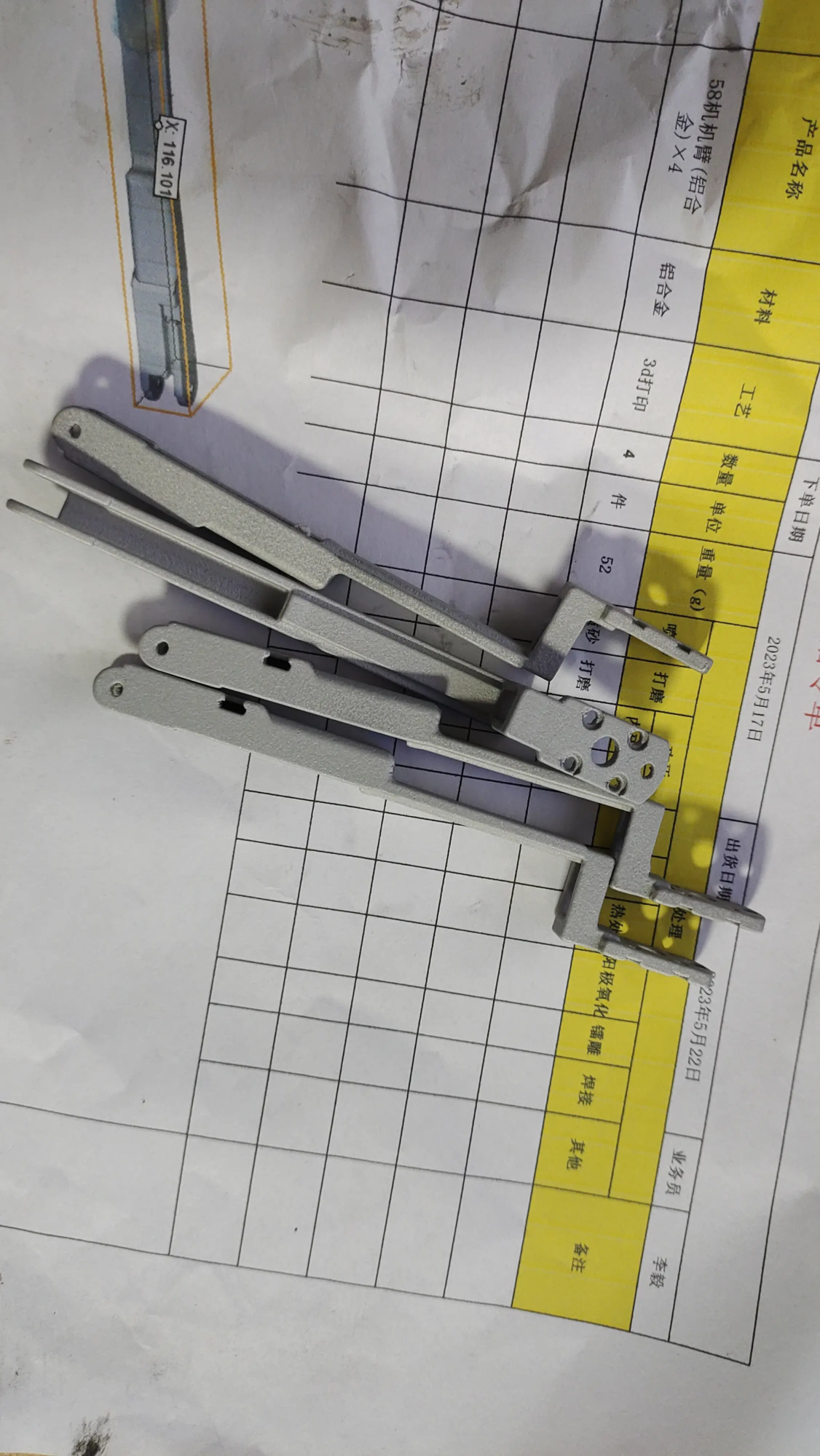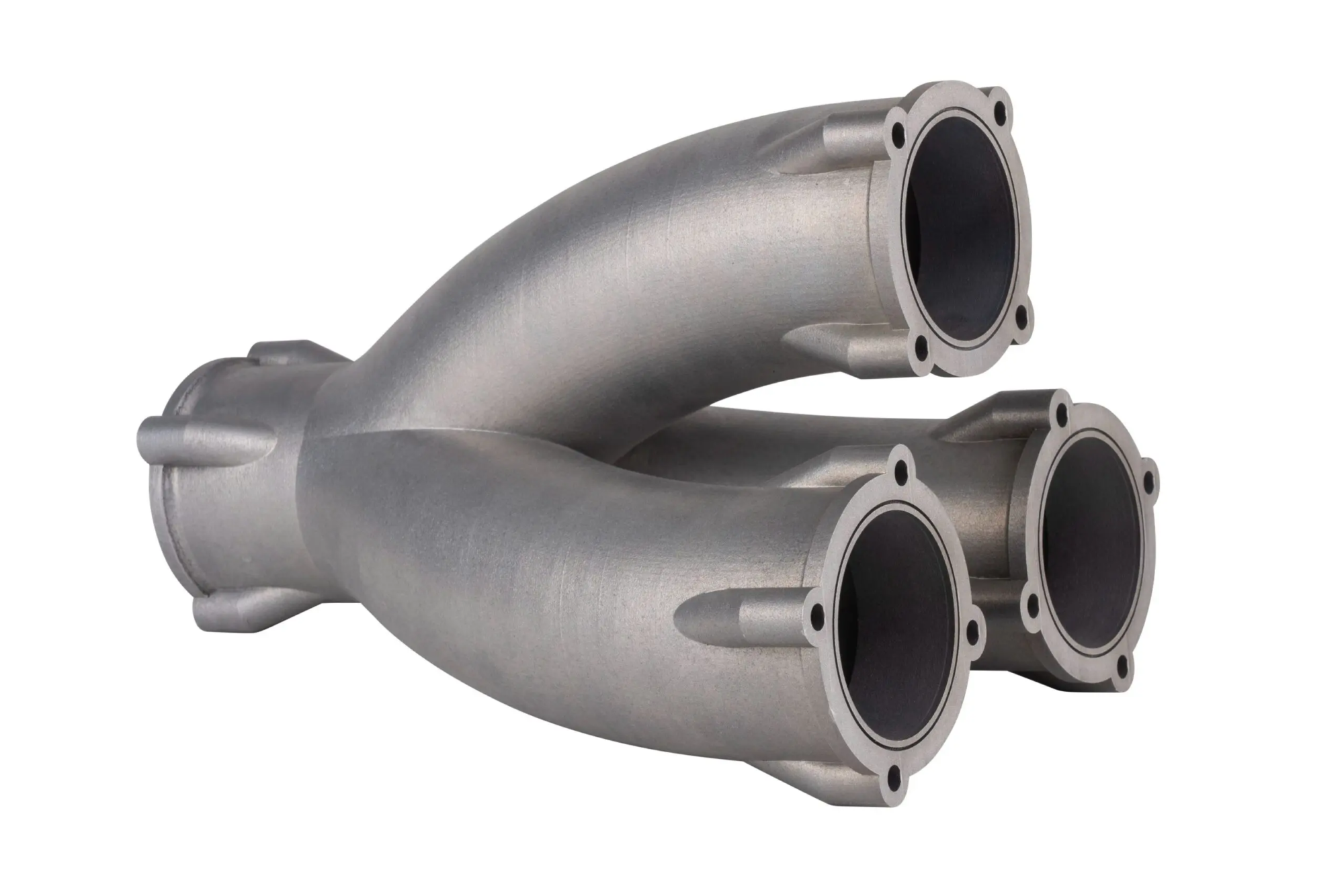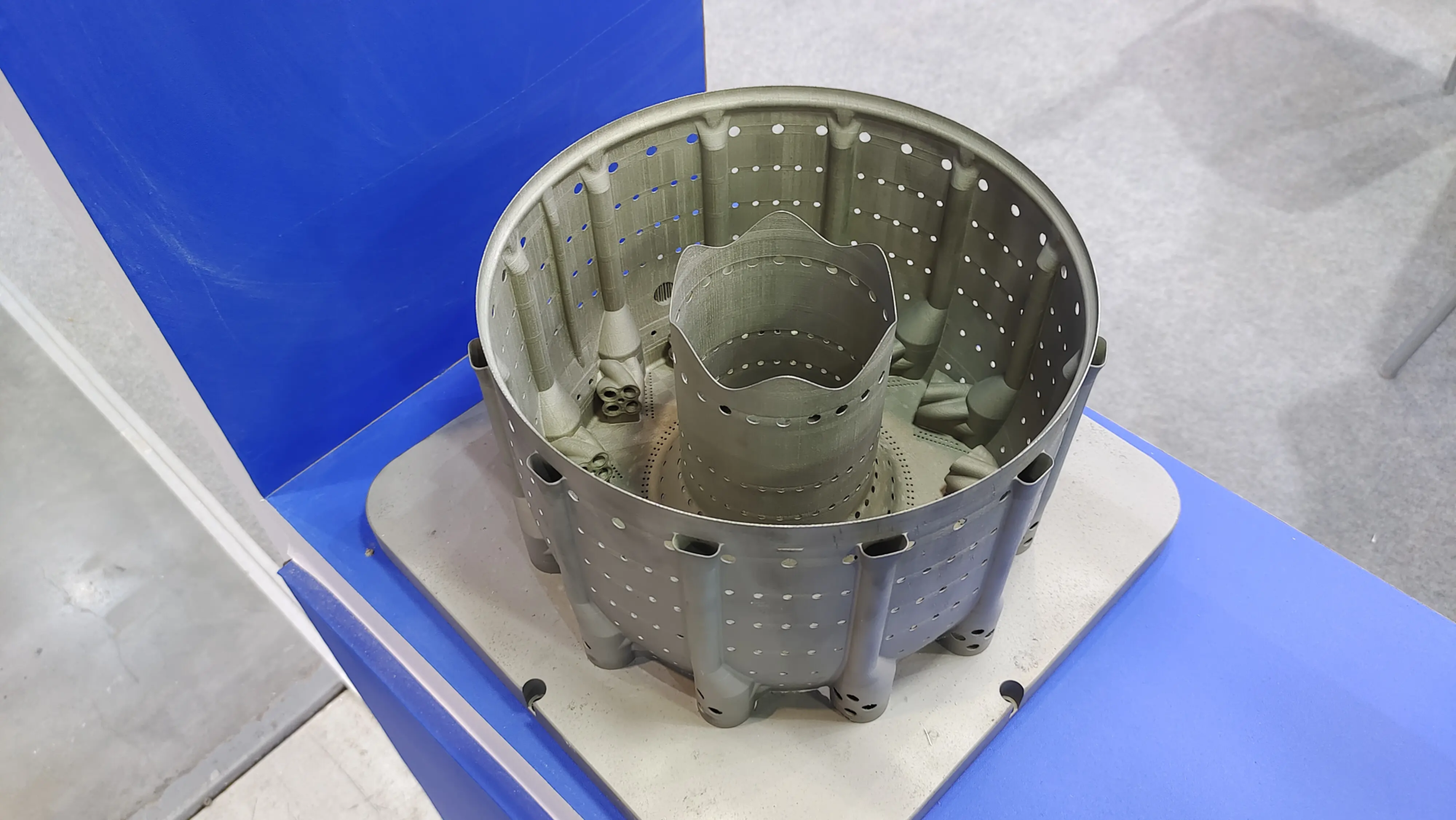On January 3, 2025, according to the Resource database, the research team of the Institute of Materials of Materials, Tohoku University and the new incubation center for the creation of the Japan industry made a major breakthrough thanks to multi-material Metal technology PBF (Laser powder bed fusion, opening new 3D possibilities for complete aluminum aluminum materials, composite materials in composite materials aluminum.
Innovation pierced in multi-material metal metal technology
3D metal printing, in particular laser powder powder fusion technology (L-PBF), has been widely used in the manufacture of high precision and high complexity components. Compared to traditional manufacturing processes, L-PBF can accurately control the geometry of the parts by melting the layer of metal powder by layer and improving the performance of parts by optimizing the distribution of materials. In this technology, the selection of materials and the design of the structure are particularly critical, and multi-material printing can pierce the limits of a single material and maximize functionality and performance.
Thanks to this technology, the Northeast University’s research team managed to reach the combination of different materials such as aluminum and steel, solving the problem of interface between metals. Traditionally, aluminum and steel are inclined to form fragile intermetallic compounds to connection due to the difference in thermal expansion coefficient and physical properties of the two, thus affecting structural resistance.
To solve this problem, the research team adopted a type calledMaisse in bed of laser powder (L-PBF)The process is one of the main technologies in the field of 3D metal printing. The method uses the laser to select the layer of metal powder per layer.Al5fe2AndAL13FE4Formation of brittle compounds.
Researchers have also determined that this higher scan speed would trigger aUnsilled SocidificationThe phenomenon of reducing the partitioning of solute and the prevention of weaknesses in the material. In the end, this steel and aluminum alloy has a strong connection interface, successfully reaching light and sustainability.
The light advantages of aluminum aluminum composite materials
Aluminum and steel each have their own unique advantages. Aluminum is a light metal that is widely used in automotive manufacturing. However, aluminum has relatively low resistance and cannot meet certain structural bearings needs. Steel, on the other hand, is stronger and adapted to parts that are resistant to greater pressure, but which has higher density, increasing the weight of the car.
Thanks to multi-material PBF technology, the advantages of aluminum and steel are complementary. In the automotive part manufacturing process, the search team accurately combines aluminum and steel as a function of functional requirements: aluminum is used for light parts of the body and frame, while steel is used for parts requiring higher resistance. This movement not only reduces the weight of the entire vehicle, but also ensures the safety and sustainability of the frame and the body. In particular in the design of collisions protection, the strong resistance of steel guarantees the structural integrity of the vehicle, while the mild aluminum properties help reduce the total weight of the vehicle and improve energy efficiency.
Specific applications: light and structural optimization
Using multi-material 3D 3D printing technology, the combination of aluminum and steel can not only make the frame lighter, but also optimize the structure according to the needs of different regions. For example, in the non -promising parts of the frame, the use of aluminum materials can effectively reduce weight, while in larger load or stress areas, steel can be used to ensure sufficient resistance. Thanks to 3D printing, manufacturers can accurately select the material combinations according to the specific needs of each component, thus improving the performance of the overall structure.
Practical application of technological breakthroughs: 3D printing of large -scale car suspension towers
Thanks to this technology, the research team has successfully createdThe first prototype of a large -scale car suspension in the worldThis component adopts a personalized geometric design, fully reflecting the potential for applying composite aluminum materials in actual automotive parts. As an important component of the automotive structure, the suspension tower requires sufficient resistance and tenacity to cope with various impacts and constraints on the road.
Technical challenges and future prospects
Although this technology has made great progress and the research team has managed to remove the problem of the fragility of the connection surface by increasing the laser scanning speed, in industrial production on a larger scale, how to optimize this process more and guarantee that the perfect combination of materials is always a key problem that must be solved in the future.
In the future, the researchers’ objective is to apply their approach to other combinations of metals faced with similar liaison challenges, which have the potential to open broader applications in various industries. This provides not only a more effective production model for the automotive industry, but can also promote other areas (such as aviation, aerospace, mechanical manufacturing, etc.) to multi-material design and production.





